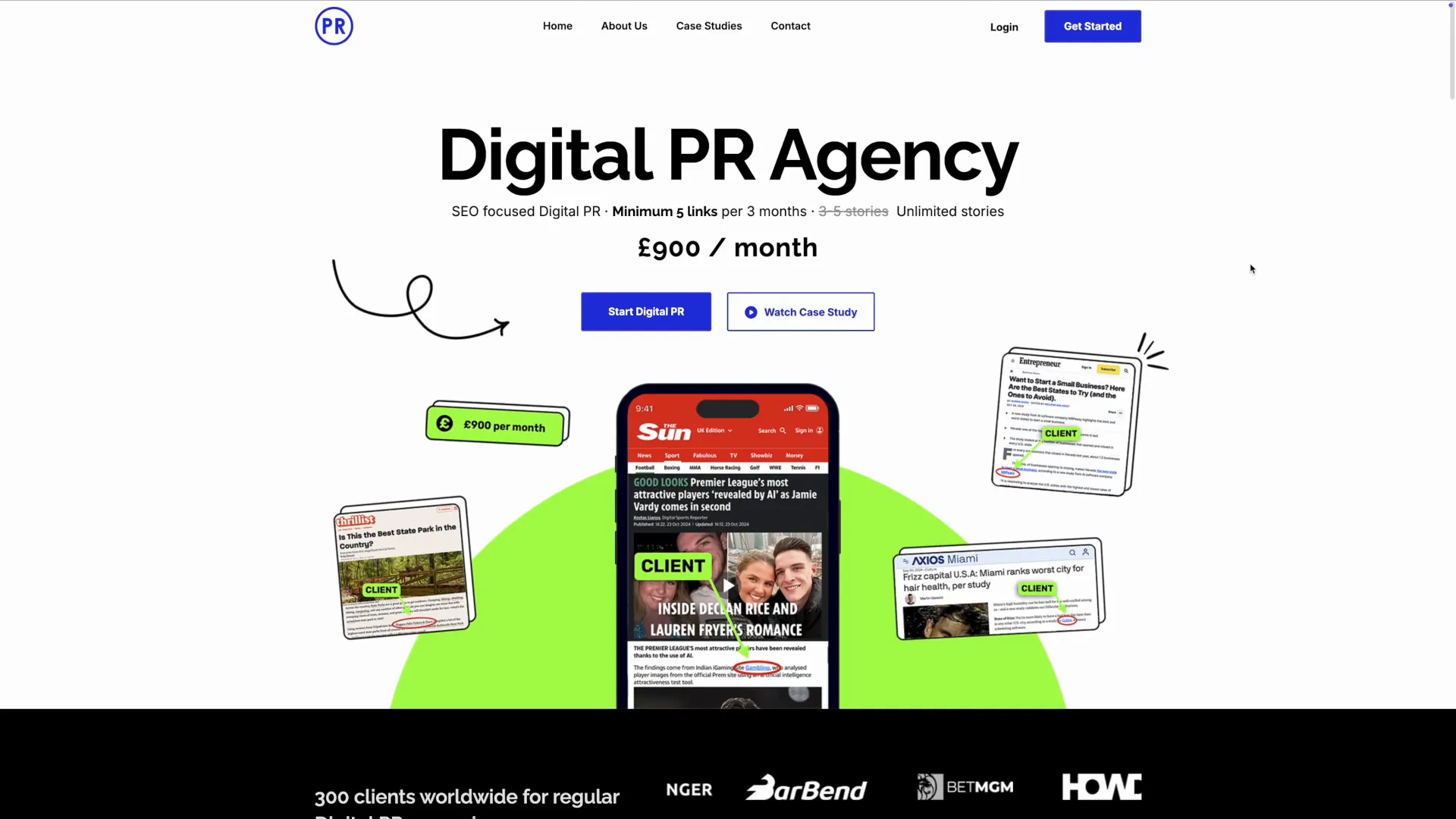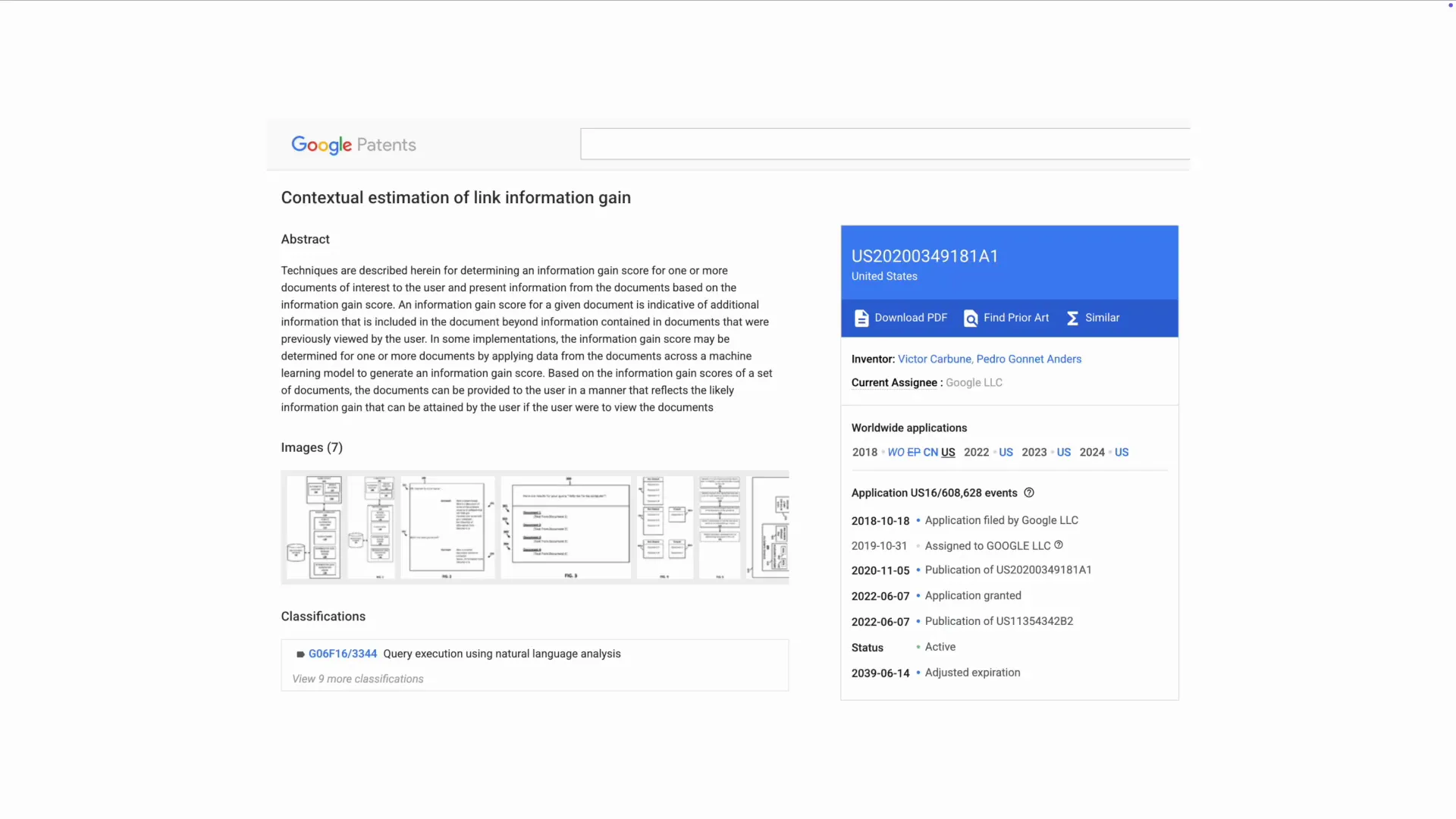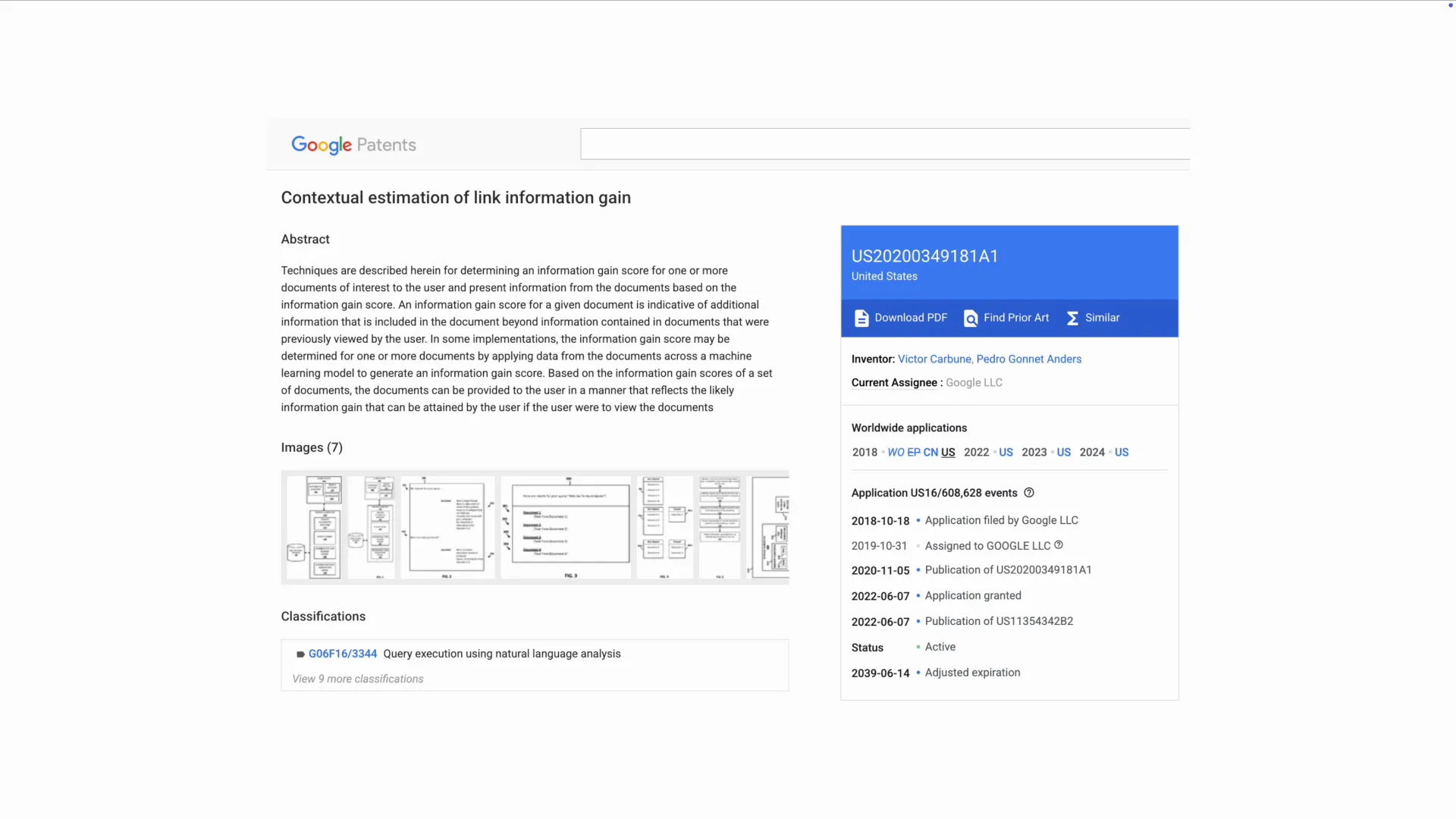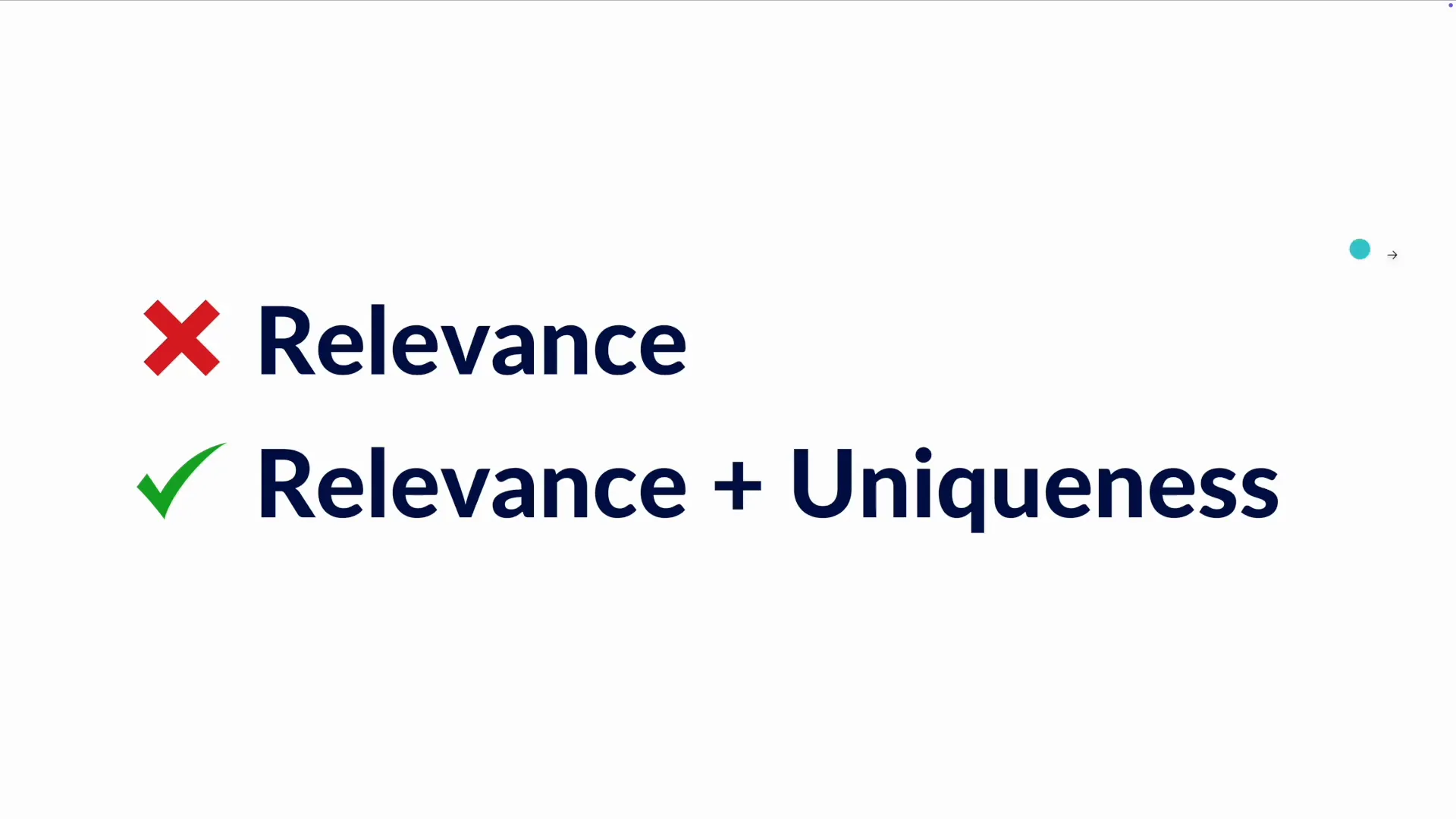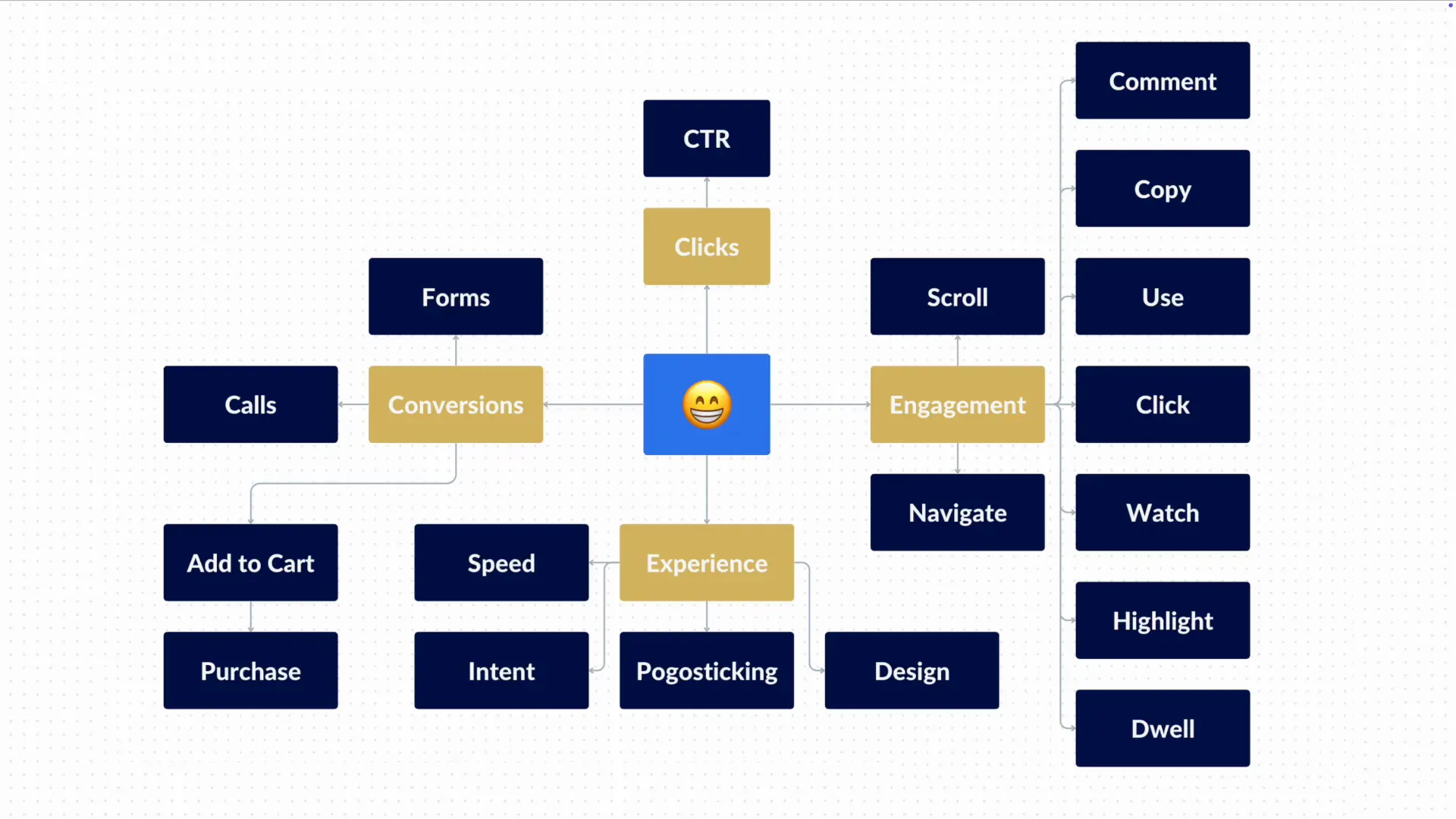In the ever-evolving world of digital marketing, on-page SEO remains a cornerstone for achieving high search engine rankings. However, many businesses still fall victim to critical mistakes that hinder their online visibility. This article will explore seven common on-page SEO blunders and how to correct them for better performance.
Table of Contents
- Not Matching Search Intent
- Wrong Keyword Placement
- Focusing on Keyword Density
- Thinking On-Page SEO is All That Matters
- Ignoring Information Gain
- Not Optimizing for UX
- Forgetting About Goal Completions
- FAQ
Not Matching Search Intent
One of the most significant mistakes in on-page SEO is failing to match search intent. It’s essential to ensure that your content aligns with what users are genuinely searching for. If your content doesn’t match the intent behind a search query, it’s likely to be overlooked or ranked poorly by search engines.
For instance, if someone searches for “AC repair Maui Hawaii,” they are likely looking for local HVAC services. If your page discusses general air conditioning tips without specific local services, it won’t satisfy that search intent. Google aims to provide users with the most relevant results, and if your content doesn’t fit, it will be pushed down the rankings.
Understanding User Intent
User intent can be broken down into three main categories:
- Informational: Users seek information or answers to questions.
- Navigational: Users look for a specific website or page.
- Transactional: Users intend to make a purchase or engage in a service.
Identifying which category your target keywords fall into can help you create focused content that meets user needs. For instance, an HVAC company should create dedicated pages for specific services, such as AC repair, rather than mixing multiple services on one page, which dilutes the focus and may confuse users.
To learn more about optimizing for local searches and relevance, check out our guide on 10 Essential Strategies to Future-Proof Your Local SEO.
Wrong Keyword Placement
Another common mistake is placing keywords in the wrong spots on your webpage. Keywords need to be strategically positioned to signal to search engines what your page is about. Here are crucial areas where you should include your primary keyword:
- Title Tag: This is the first thing users see in search results. Make sure your primary keyword is present here.
- Meta Description: While not a ranking factor, a well-crafted meta description can improve your click-through rate (CTR).
- URL Structure: Incorporate your primary keyword into the URL to enhance clarity and relevance.
- H1 Tag: This tag is visible on the page and should include your primary keyword.
- First Paragraph: Mentioning your keyword early on helps establish relevance quickly.
For example, if your page is about “AC repair Maui Hawaii,” ensure that this phrase appears in the title, meta description, URL, H1 tag, and within the first paragraph. This approach reinforces the topic of your page and helps search engines understand its relevance.
Focusing on Keyword Density
Many SEO practitioners still emphasize keyword density, mistakenly believing that repeating a keyword a certain number of times will boost rankings. However, modern search engines, including Google, prioritize content relevance and overall topic coverage rather than specific keyword frequency.
Studies of thousands of search results have shown no consistent correlation between keyword density and ranking. Instead, focus on creating high-quality, informative content that naturally incorporates your target keywords. Use tools like natural language processing (NLP) to identify relevant topics and entities related to your primary keyword, which can help you create well-rounded content.
Creating Relevant Content
To ensure your content is relevant:
- Conduct keyword research to find related topics.
- Analyze top-ranking pages for your target keywords to see what they cover.
- Create an outline that incorporates these relevant topics naturally.
- Write content that addresses the needs of your audience without artificially inflating keyword usage.
By focusing on relevance and quality, you can build content that satisfies user intent and performs well in search rankings.
Thinking On-Page SEO is All That Matters
Finally, a critical mistake is assuming that on-page SEO is the only factor influencing your rankings. While on-page optimization is essential, it is just one piece of a larger SEO puzzle. Off-page factors, such as backlinks, also play a significant role in how well your pages rank.
Link building is vital for increasing your website’s authority and visibility. High-quality backlinks from reputable sites signal to search engines that your content is trustworthy and valuable. It’s important to focus on building relationships and earning links from credible sources rather than merely seeking out any link possible.
For a comprehensive approach to improving your search visibility, explore our guide on 5 Actionable SEO Techniques to Boost Your Rankings.
Integrating Off-Page SEO
To enhance your overall SEO strategy, consider the following:
- Engage in guest blogging to earn backlinks from relevant sites.
- Utilize digital PR to gain exposure on reputable platforms.
- Participate in industry forums and communities to establish authority.
- Leverage social media to promote your content and attract links organically.
By integrating both on-page and off-page SEO strategies, you can create a comprehensive approach that maximizes your chances of ranking well in search results.
Ignoring Information Gain
One significant mistake in on-page SEO is ignoring the concept of Information Gain. This idea, rooted in a Google patent, emphasizes the importance of providing unique and informative content. With the rise of AI-generated content, Google has adjusted its algorithms to prioritize pages that offer something new and valuable to users.
Previously, creating content that was merely relevant was sufficient for ranking. However, the current landscape requires a combination of relevance and uniqueness. This means that while your content should address the primary topics and keywords of your industry, it should also introduce fresh perspectives or insights that competitors may not cover.
Implementing Information Gain
To effectively incorporate Information Gain into your SEO strategy, consider the following steps:
- Conduct Thorough Research: Analyze high-ranking competitors and identify gaps in their content. What unique insights or data can you provide that they haven’t?
- Utilize First-Party Data: Leverage your own customer insights and case studies to add depth and originality to your content.
- Share Unique Anecdotes: Use real-life stories or case studies that illustrate your expertise and showcase your services in action.
- Regularly Update Content: Refresh your existing content to include new information, tools, or strategies that have emerged since the original publication.
For example, if you’re writing about HVAC services, you could discuss specific tools like ChatGPT that enhance customer service or operational efficiency, which competitors may overlook. If you’re looking to create unique, optimized content efficiently, see our guide on A ChatGPT Prompt to Write Full SEO Optimized Blog Post.
Not Optimizing for UX
Another common error is neglecting user experience (UX) in your SEO strategy. While keyword placement is crucial, user experience has become equally important in determining how well your page performs in search rankings.
Factors such as page loading speed, mobile responsiveness, and intuitive navigation significantly affect a visitor’s experience. If users find your site slow or difficult to navigate, they are likely to leave, negatively impacting your SEO performance.
Key Aspects of UX Optimization
To enhance user experience on your website, focus on these elements:
- Page Loading Speed: Optimize images and minimize scripts to ensure fast loading times.
- Responsive Design: Ensure your website is accessible and looks good on all devices, including smartphones and tablets.
- Clear Call-to-Actions (CTAs): Make sure that your CTAs are visible and encourage users to take the desired action.
- Content Structure: Use headings, bullet points, and short paragraphs to improve readability and engagement.
For example, if your site is about AC repair in Maui, make it easy for users to find contact information or request a quote without excessive scrolling or searching.
Forgetting About Goal Completions
The final mistake to address is overlooking goal completions in your SEO strategy. While engagement and user experience are vital, tracking and optimizing for conversions is essential for long-term success.
Each page on your site should have a clear goal, whether that’s making a sale, capturing a lead, or encouraging users to sign up for a newsletter. If your pages are not designed with these goals in mind, you may miss out on valuable opportunities.
Strategies for Improving Goal Completions
To enhance goal completions on your website, consider these strategies:
- Define Clear Objectives: Identify what action you want users to take on each page and ensure your content guides them toward that goal.
- Utilize Effective CTAs: Place compelling and clear CTAs throughout your content to encourage users to take action.
- Monitor User Behavior: Use tools like Google Analytics to assess how users interact with your site and identify areas for improvement.
- Test and Optimize: Regularly A/B test different elements of your pages, such as headlines and CTAs, to find what resonates best with your audience.
By focusing on these aspects, you can create a more effective SEO strategy that not only attracts traffic but also converts visitors into customers.
FAQ
What is Information Gain in SEO?
Information Gain refers to the practice of providing unique and valuable content that enhances a user’s understanding of a topic, going beyond just relevance.
How can I improve user experience on my website?
You can improve user experience by optimizing page loading speed, ensuring mobile responsiveness, and creating a clear and intuitive navigation structure.
Why are goal completions important in SEO?
Goal completions are essential because they measure the effectiveness of your website in converting visitors into customers, which is ultimately the primary objective of SEO.
How often should I update my content for uniqueness?
Regularly updating your content is advisable, especially when new tools, insights, or trends emerge. Aim to refresh high-performing pages at least every 6-12 months.
Can testimonials help improve my SEO?
Yes, geo-specific and service-oriented testimonials not only build trust with potential customers but also enhance the relevance and uniqueness of your content, positively impacting SEO.

